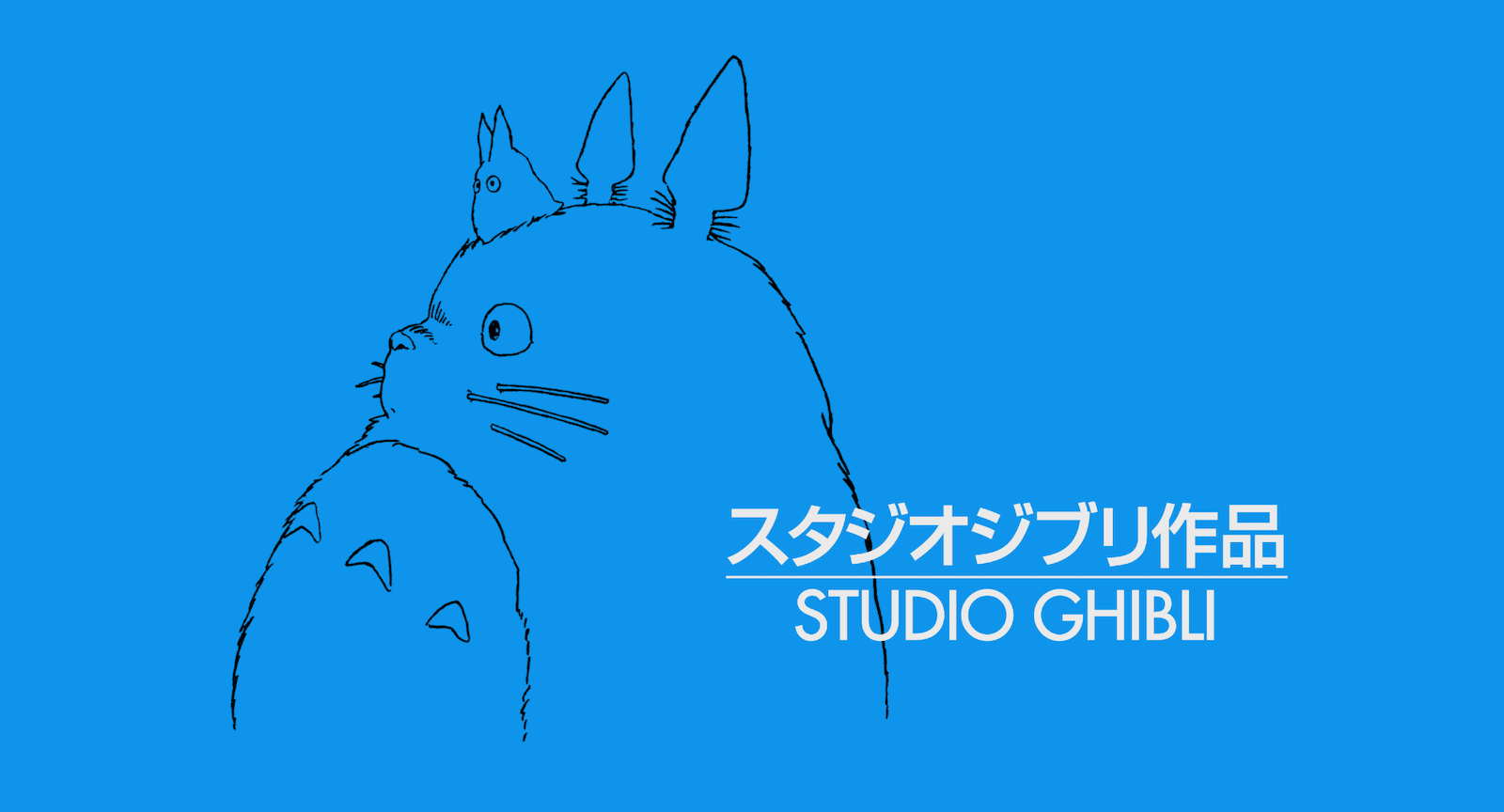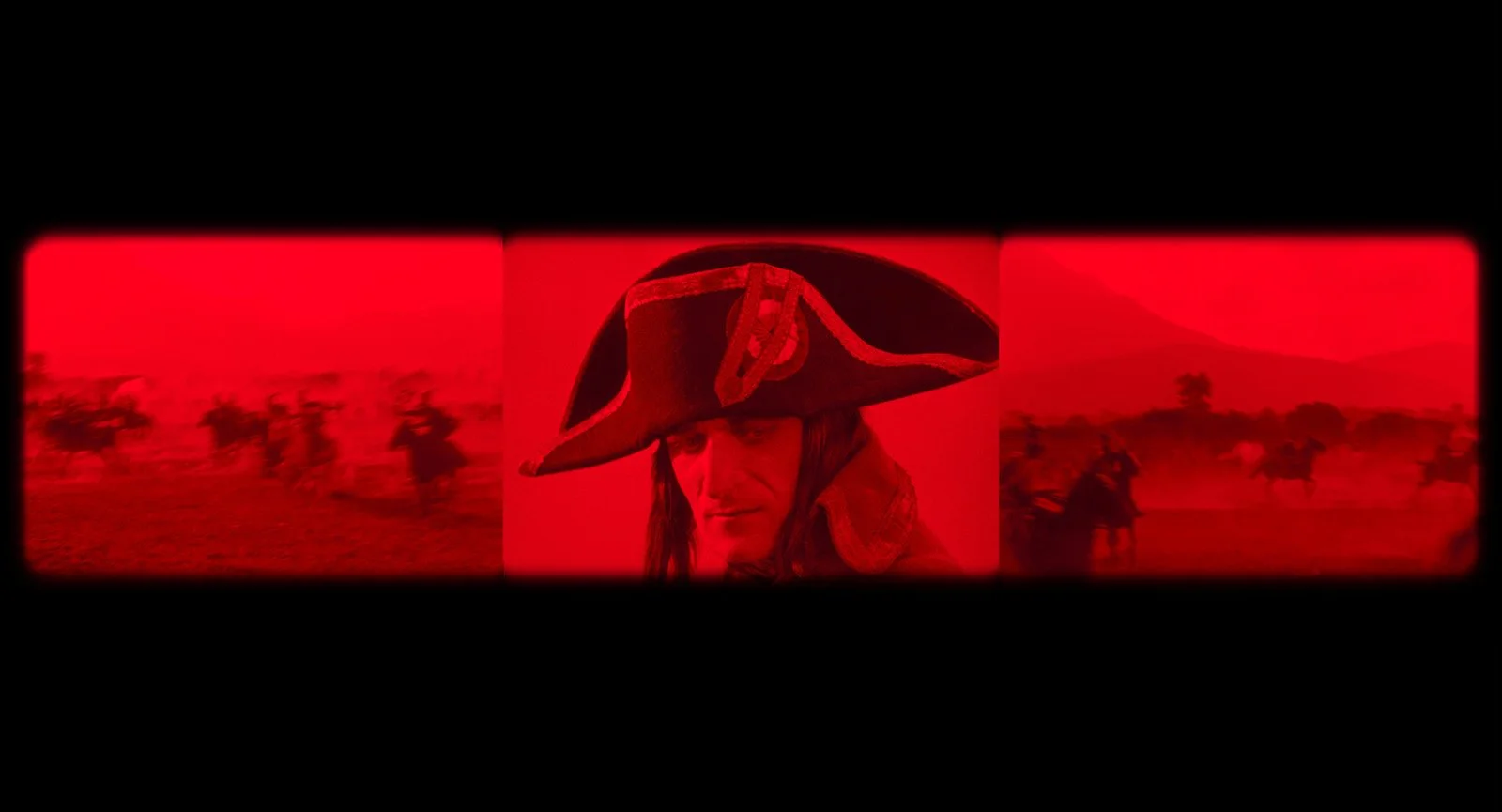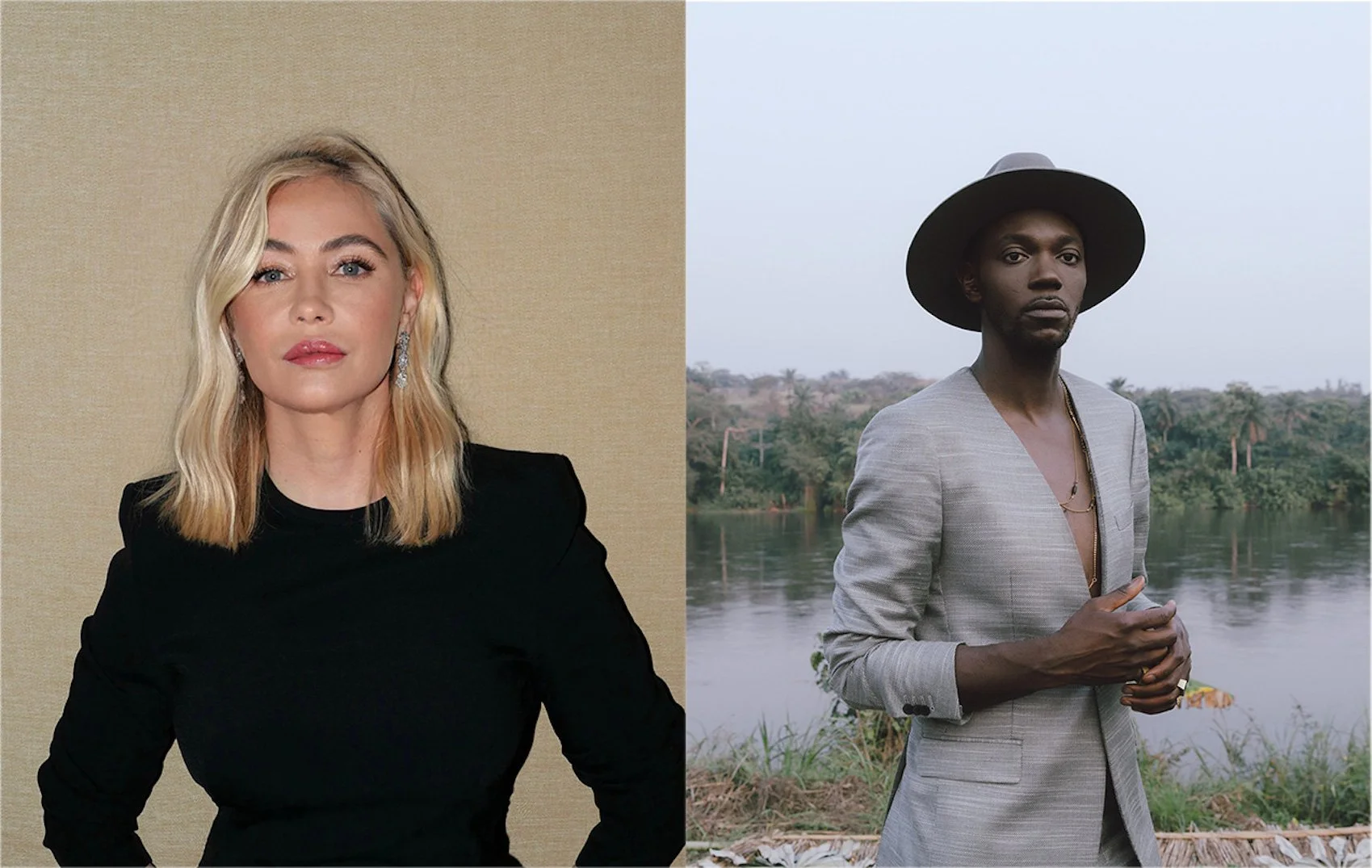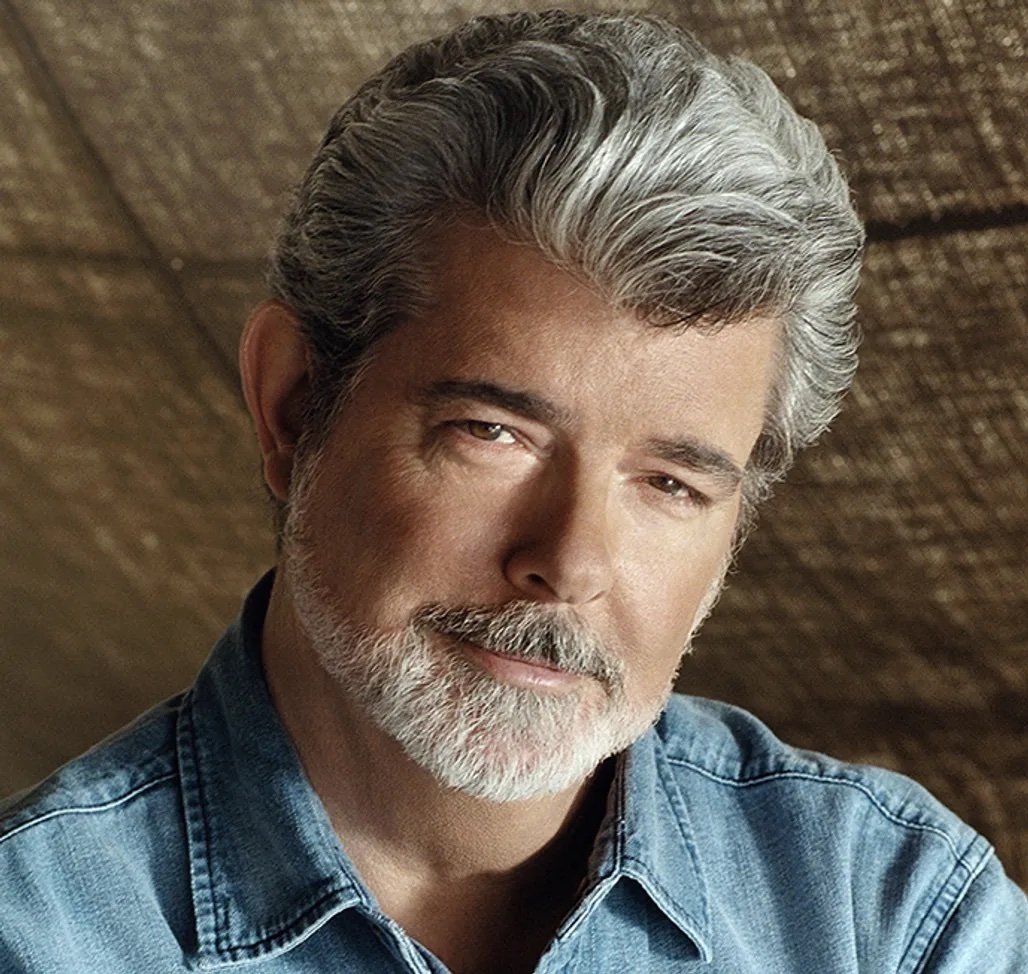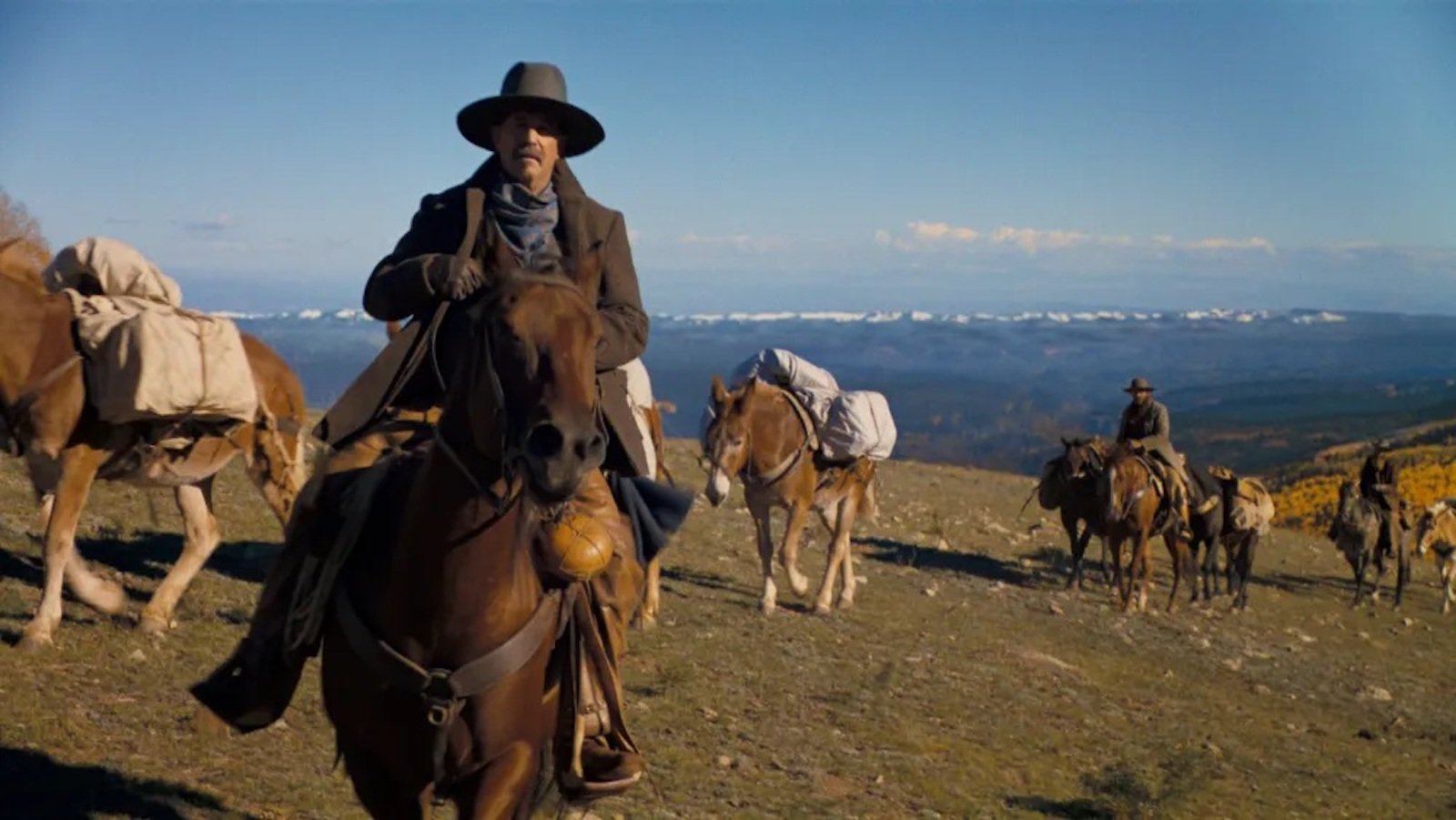Turns out there are lots of winning people and moments on this year’s Croisette, and that’s before the festival has even started. And finally, we have a poster for the 77th edition of the festival!
Let’s recap some of the announcements of recents weeks from the Festival de Cannes — line ups and films notwithstanding.
Photo © Hayao Miyazaki/Studio Ghibli
Studio Ghibli gets an Honorary Palme d'or at the 77th Festival de Cannes
Alongside the Hollywood greats, the Japanese animation studio by two superb storytellers, Hayao Miyazaki and Isao Takahata, along with a host of cult characters, has unleashed a fresh wind on animated film over the past four decades. They include of course this year’s Oscar winner for Best Animated Feature Film The Boy and the Heron directed by Miyazaki.
“I am truly honored and delighted that the studio is awarded the Honorary Palme d'or," said Toshio Suzuki, the co-founder of Studio Ghibli. "I would like to thank the Festival de Cannes from the bottom of my heart. Forty years ago, Hayao Miyazaki, Isao Takahata and I established Studio Ghibli with the desire to bring high-level, high-quality animation to children and adults of all ages. Today, our films are watched by people all over the world, and many visitors come to the Ghibli Museum, Mitaka and Ghibli Park to experience the world of our films for themselves. We have truly come a long way for Studio Ghibli to become such a big organization. Although Miyazaki and I have aged considerably, I am sure that Studio Ghibli will continue to take on new challenges, led by the staff who will carry on the spirit of the company. It would be my greatest pleasure if you look forward to what’s next."
With this Honorary Palme d’or, Studio Ghibli joins those who have inspired cinematography, whom the Festival de Cannes celebrates every year. “For the first time in our history, it’s not a person but an institution that we have chosen to celebrate," said Iris Knobloch, President of the Festival de Cannes, along with Thierry Frémaux, General Delegate. “Like all the icons of the Seventh Art, these characters populate our imaginations with prolific, colorful universes and sensitive, engaging narrations. With Ghibli, Japanese animation stands as one of the great adventures of cinephilia, between tradition and modernity."
Still from the film ‘Napoléon’ © La Cinémathèque française
‘Napoléon’ by Abel Gance (1st period) opening Cannes Classics
A legend known to cinephiles the world over, a major work of the silent era, one of the most monumental restorations in the history of filmmaking will be unveiled on May 14 as a world premiere: Napoléon by Abel Gance (1st period), in a version resulting from a colossal, passionate effort by the Cinémathèque Française, with the support of the CNC.
It has taken more than sixteen years to bring Abel Gance's masterwork back to life. The film-opera extravaganza has gone through an epic saga to regain its integrity and glory.
Various sources were used to rediscover the original storyline for this extraordinary reconstruction of the 7-hour film, divided into two eras. Reels were found at the Cinémathèque française, the CNC, the Cinémathèque de Toulouse and the Cinémathèque de Corse, as well as in Denmark, Serbia, Italy, Luxembourg and New York. Georges Mourier and his team worked frame-by-frame and reviewed nearly 100 kilometers of film. Director Abel Gance's editing notes and correspondence with his editor, found at the BNF, made it possible to re-edit the film in its original version.
In 1927, Napoléon by Abel Gance was as ambitious as its subject: it used multiple technical and aesthetic innovations such as horse-mounted cameras and the famous triptych ending, on three screens simultaneously. With its grandiose cast and thousands of extras, the film amazed audiences and critics alike when it premiered at the Paris Opera on April 7, 1927, in the presence of French President Gaston Doumergue and Marshals Foch and Joffre. It then embarked on a world tour.
With the advent of talking pictures, the reels were scattered across the globe, some lost or destroyed. The film was then recut and mutilated many times over — with 22 different versions known to date. In the 1980s, Abel Gance's film fascinated filmmakers Claude Lelouch and Francis Ford Coppola, as well as the great silent historian Kevin Brownlow and Costa-Gavras, President of the Cinémathèque française. It has not been shown in its original version, known as the "Grande Version", since 1927.
The first part, with a running time of 3 hours and 40 minutes, will be presented as the pre-opening event at the Festival de Cannes and as the opening film of Cannes Classics.
Baloji and Emmanuelle Béart will co-preside over the Caméra d'or Jury
It’s no secret Baloji is a modern day inspiration for all who come across the great director and songwriter. He certainly was for me when I got to interview him during last year’s BFI London Film Festival. See the resulting chat above, and trust me, it’s five minutes you’ll cherish spending in his company — as I did.
This year’s dual Caméra d’or jury is made up of an unprecedented pairing — since French actress Emmanuelle Béart and director and songwriter Baloji, who now resides in Belgium and hails from the Democratic Republic of Congo. have never met. Béart has worked with some of the world's greatest filmmakers, dazzling both screen and stage with her incandescent performance. Baloji is a bold, visionary creator, who made two short films before receiving the New Voice Prize at Un Certain Regard in 2023 for his acclaimed debut feature Omen.
An obvious pairing as both are free spirits with no limits, who rely on their art to achieve creative freedom. Through her impressive filmography and her humanitarian commitment, Emmanuelle Béart is forever supporting a filmmaking to be shared, to emancipate, transcend borders and help us live together. Baloji, in his first feature film with impressive aesthetic mastery, delivers a chronicle that transcends otherness through the prism of magical realism.
Emmanuelle Béart © Harold James / Baloji © Kristin Lee Moolman
Delighted to be paired at the head of the Caméra d'or Jury, Baloji and Béart will combine their voices to welcome the first features of filmmakers who look at the world with inspiration, tell us about it with emotion and invite us to discuss it with the conviction of beginnings. “Being a self-taught filmmaker and a filmmaker from the Congolese diaspora," confided Baloji, "it's a great honor to be able to witness the vitality of first-time directors, to discover their strong singularities and their inaugural work, which will have a lasting impact on the identity of their filmography." Béart declared: "A first film is about the impossibility of doing anything other than delving into the depths of one's being to find out what we can't keep quiet about. A deeply moving and terribly free birth: no one is waiting for you yet. We will honor our duty with wonder and respect."
Béart and Baloji to co-preside over the Jury that will honor the best first film presented in the Festival’s Official Selection or its parallel sections.
George Lucas © JAKS Productions. All rights reserved
George Lucas to receive Honorary Palme d’or at this year’s Festival
At the mere mention of his name, a whole section of the Seventh Art lights up, and you can hear a few unforgettable music notes (by John Williams!). Inseparable from the Star Wars and Indiana Jones sagas, George Lucas has forever given the blockbuster an illustrious history, and audiences the world over unrivalled pleasure.
“The Festival de Cannes has always held a special place in my heart. I was surprised and elated when my first film, THX-1138, was selected to be shown in a new program for first time directors called the Directors’ Fortnight. Since then, I have returned to the festival on many occasions in a variety of capacities as a writer, director and producer. I am truly honored by this special recognition which means a great deal to me.”
Lucas’ debut in the film industry was marked by his close collaboration with Francis Ford Coppola, who helped him produce THX 1138 (1971), adapted from one of his experimental short films made at the University of Southern California. From his very first feature, Lucas staged the themes that are dear to him: science fiction to denounce a society of surveillance, using love to fight fate and conformity, and reversing moral values to challenge the role of good and evil.
With American Graffiti, an ode to American youth, George revealed the wonder that is Harrison Ford and directed his first major success which enabled him to embark on his ambitious saga.
A visionary intergalactic odyssey that reinvented the codes of cinematic genres as part of the New Hollywood movement, Star Wars is nothing short of mythology, a study that has fascinated Lucas since his university days, in the construction of characters and plots and the breadth of its cultural reach. Like Tolkien in literature, he imagined a universe, with its geography, populations, languages, moral values and even its vehicles. This exceptional ambition, which initially frightened 20th Century Fox’s producers and led to a grueling post-production period, was nonetheless the recipe for unprecedented success: the film captivated the American crowds and became a worldwide socio-cultural phenomenon, which continues to this day.
In the space of 40 years, Lucas built a Hollywood empire through the nine episodes of the saga — four of which he directed himself. With his company Lucasfilm and its many subsidiaries, acquired by The Walt Disney Company in 2012, Lucas touched on everything. His unflagging passion for technology made him one of the pioneers of the visual effects industry: he founded Industrial Light & Magic and helped develop many new visual technologies, including the computer-assisted camera. In sound, he contributed to the evolution of stereo through his company THX. He also founded the famous animation studio Pixar. Moreover, Lucas is an outstanding producer: in addition to the three Star Wars trilogies, he is associated with the development of mythical films by other directors, from Akira Kurosawa’s Kagemusha to the Indiana Jones saga, which he created.
The Honorary Palme d’or will be presented to him on stage at the Grand Théâtre Lumière during the Closing Ceremony on Saturday May 25, 2024.
Photo © Warner Bros.
Kevin Costner and Horizon, An American Saga at the 77th Festival de Cannes
Kevin Costner will present the first part of Horizon, An American Saga as a World Premiere, Out of Competition. This multi-episode project about the conquest of the American West is directed by Costner, who is also the co-star with Sienna Miller.
Costner has always aim to paint a portrait of America: its origins, its flaws and its legends. As we know from Dances with Wolves, the Western has become his preferred genre for expressing his political commitment to democracy and the environment.
“I'd like to thank the Festival de Cannes for including my film Horizon, An American Saga in this year's selection," said Costner. “It's been 20 years since I've had the pleasure of being on the Croisette. I've been waiting for the right time to return and I'm proud to say that this time has come. Horizon, An American Saga is a story that began 35 years ago, and I can't think of a better place than Cannes to reveal to the world the result of such a wonderful adventure. The French have always supported films and believed deeply in filmmaking. Just as I believe deeply in my film...".
After forays into the Hatfields and McCoys and Yellowstone series, he returns with Horizon, An American Saga to the genre that made the heyday of American cinema for a monumental project about the cost, in terms of war and violence, of the construction and expansion of the United States of America.
Horizon, An American Saga will be released in 4 episodes over several months, starring Sienna Miller, Sam Worthington and Jena Malone in the lead roles. Horizon, An American Saga which will be screened on Sunday, May 19, 2024.
Last but not least, we have a poster!
Pictured in the header above is the official poster for this year’s Festival de Cannes. It shows a scene from Rhapsody in August, authored by the great Japanese master Akira Kurosawa, who was 81 at the time, when the film was presented Out of Competition in Cannes in 1991.
Rhapsody in August is the next-to-last film by the director of Sanshiro Sugata, Rashomon, Seven Samurai, Dersu Uzala, Yojimbo and Dodes’ka-den and the story reminds us of the importance of coming together, and seeking harmony in all things. In the story, a grandmother who was a victim of the Nagasaki bombing on August 9, 1945, passes on her faith in love and integrity as a bulwark against war to her grandchildren and her American nephew, with tenderness and contemplation.
The official announcement by the festival read with words that are near and dear to my heart:
“Mirroring the movie theater, this poster celebrates the Seventh Art, with naivety and wonder. Because it gives everyone a voice, it enables emancipation. Because it remembers wounds, it combats oblivion. Because it bears witness to perils, it calls for union. Because it soothes trauma, it helps repair the living.”
It continued: “In a fragile world that constantly questions otherness, the Festival de Cannes reaffirms a conviction: cinema is a universal sanctuary for expression and sharing. A place where our humanity is written as much as our freedom.”
Perhaps the choice seems strange, considering that Japan isn’t a country involved in the frantic search for a Third World War. But we will take anything we can get which makes even a small deposit into the bank of peace at this time. So kudos to the Festival de Cannes for a thoughtful choice. And to Hartland Villa (Lionel Avignon and Stefan de Vivies) for their beautiful design.
All images courtesy of the Festival de Cannes, used with permission.

